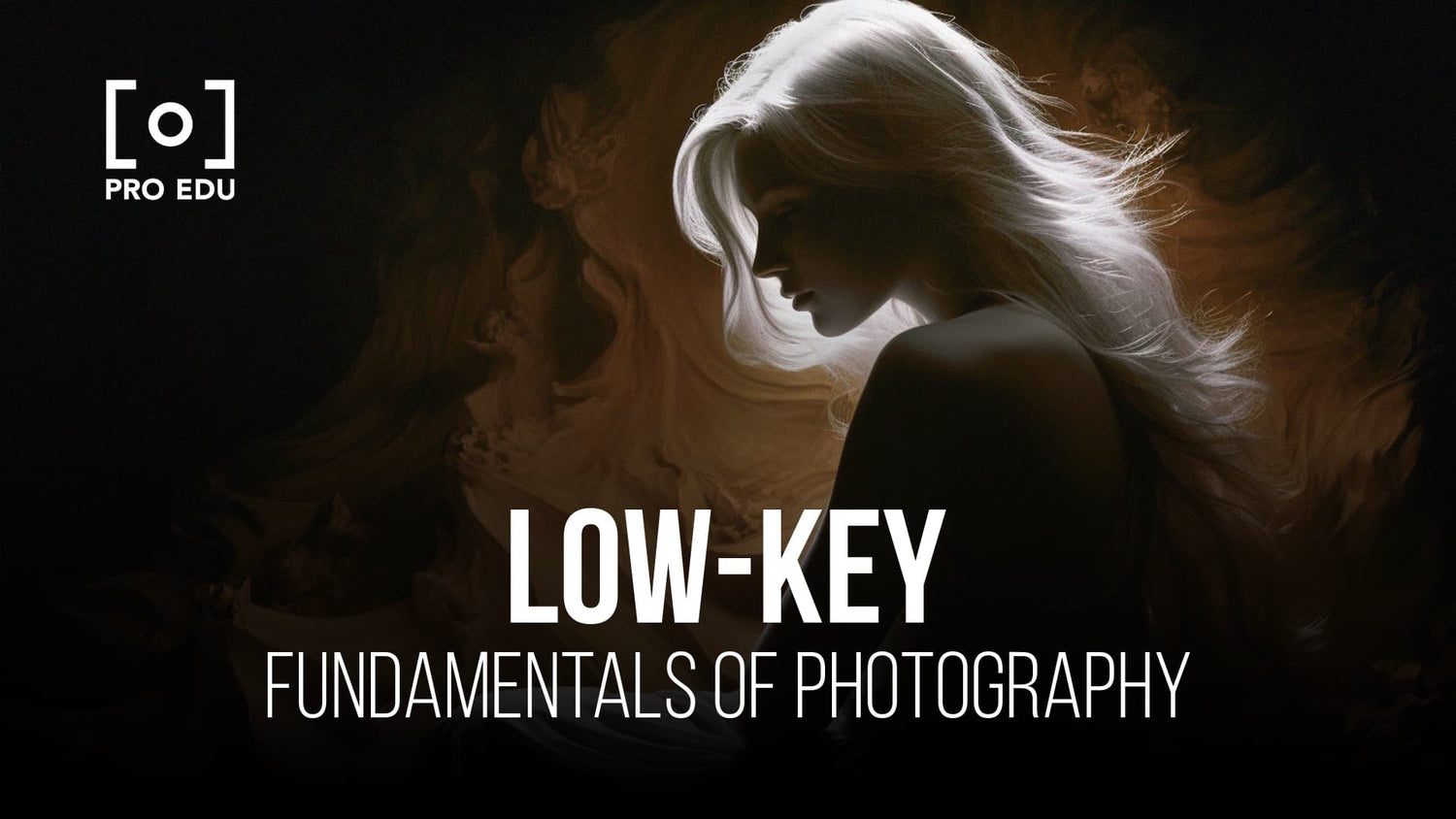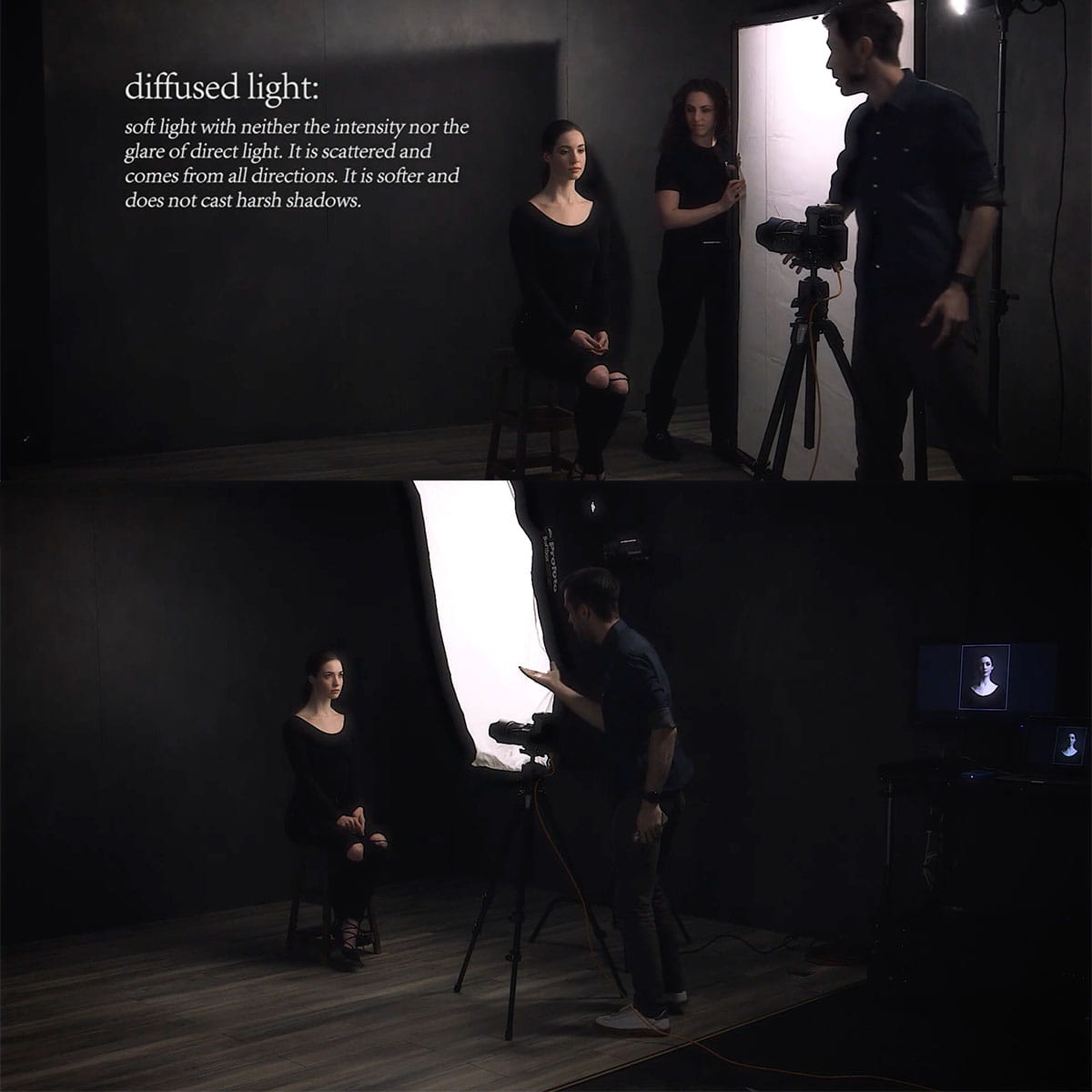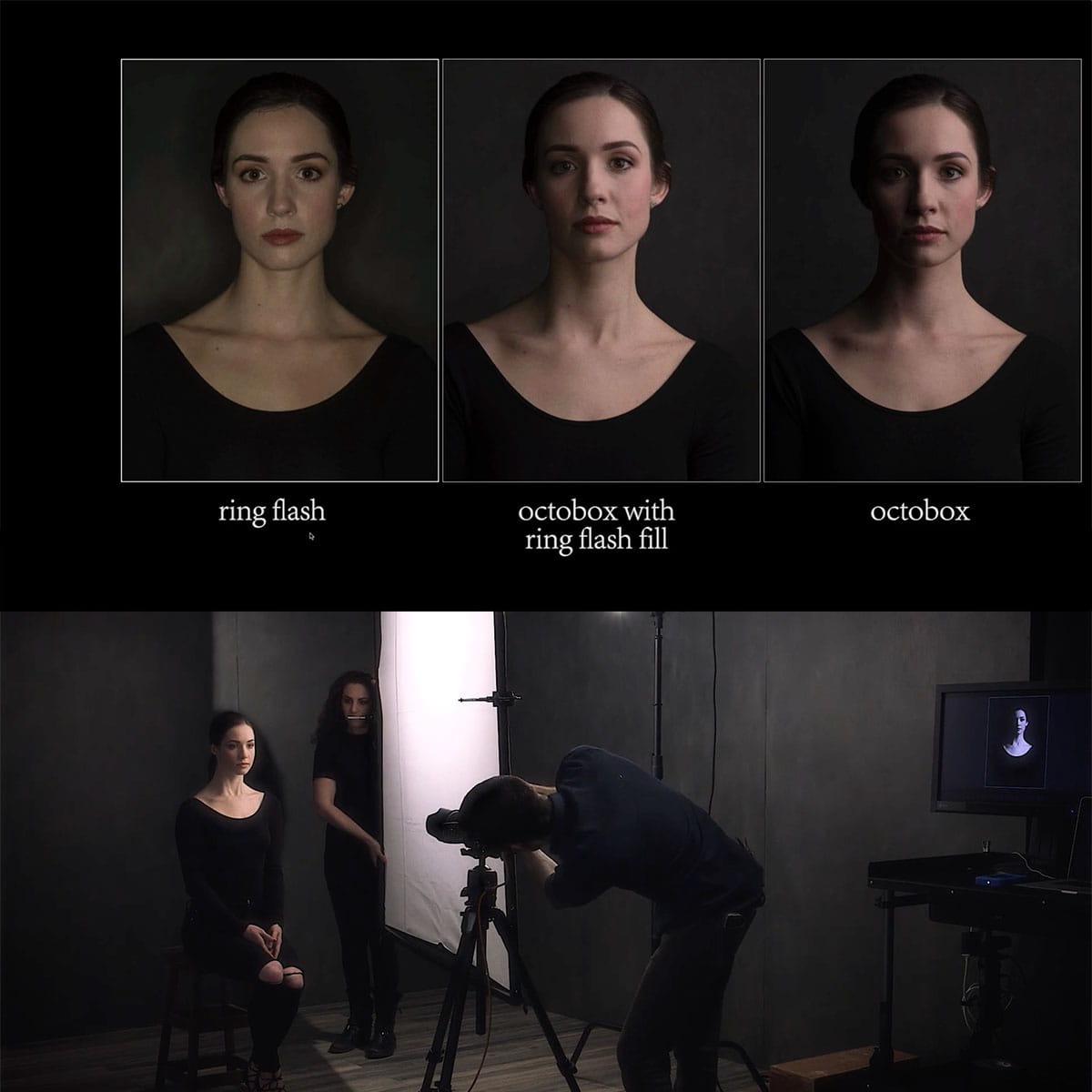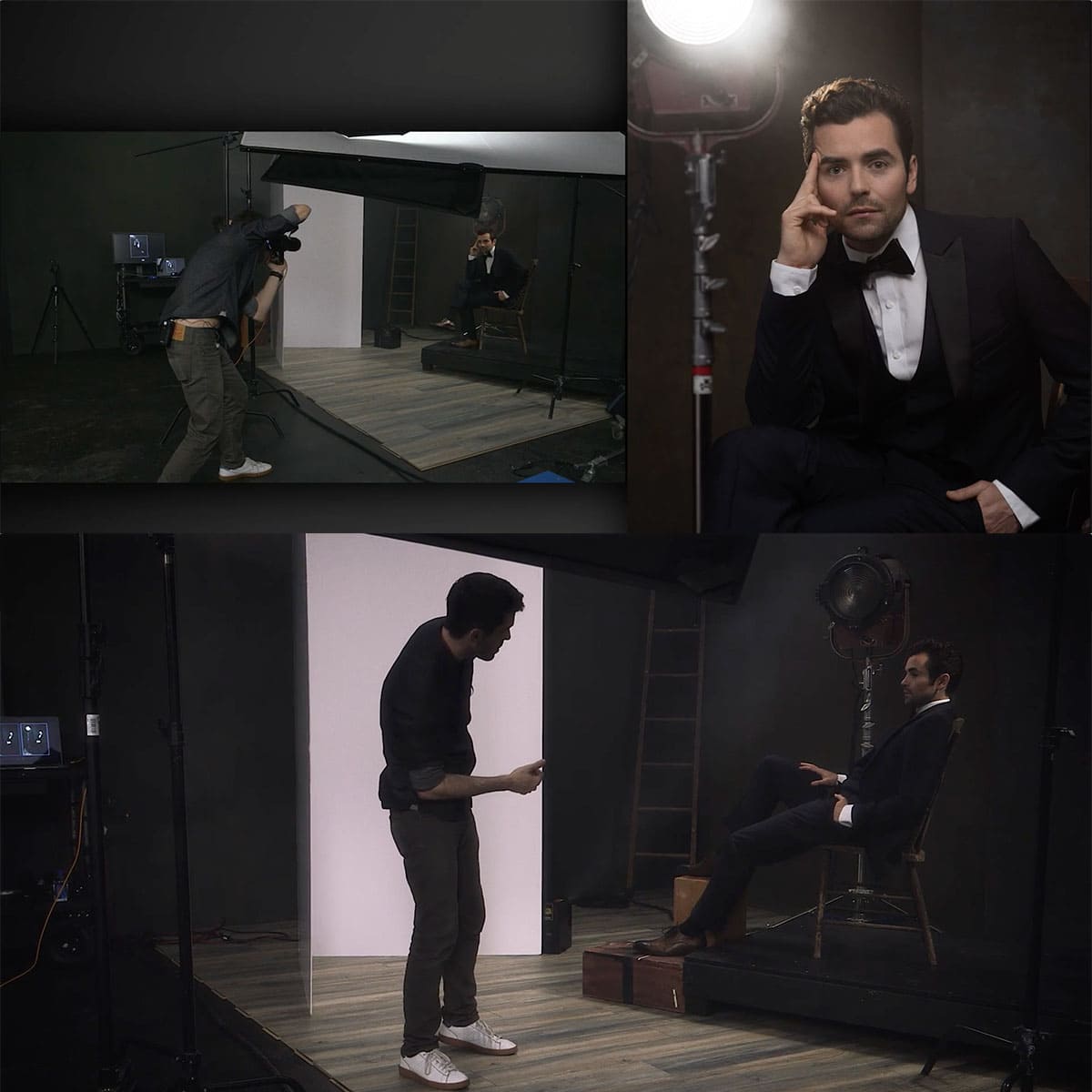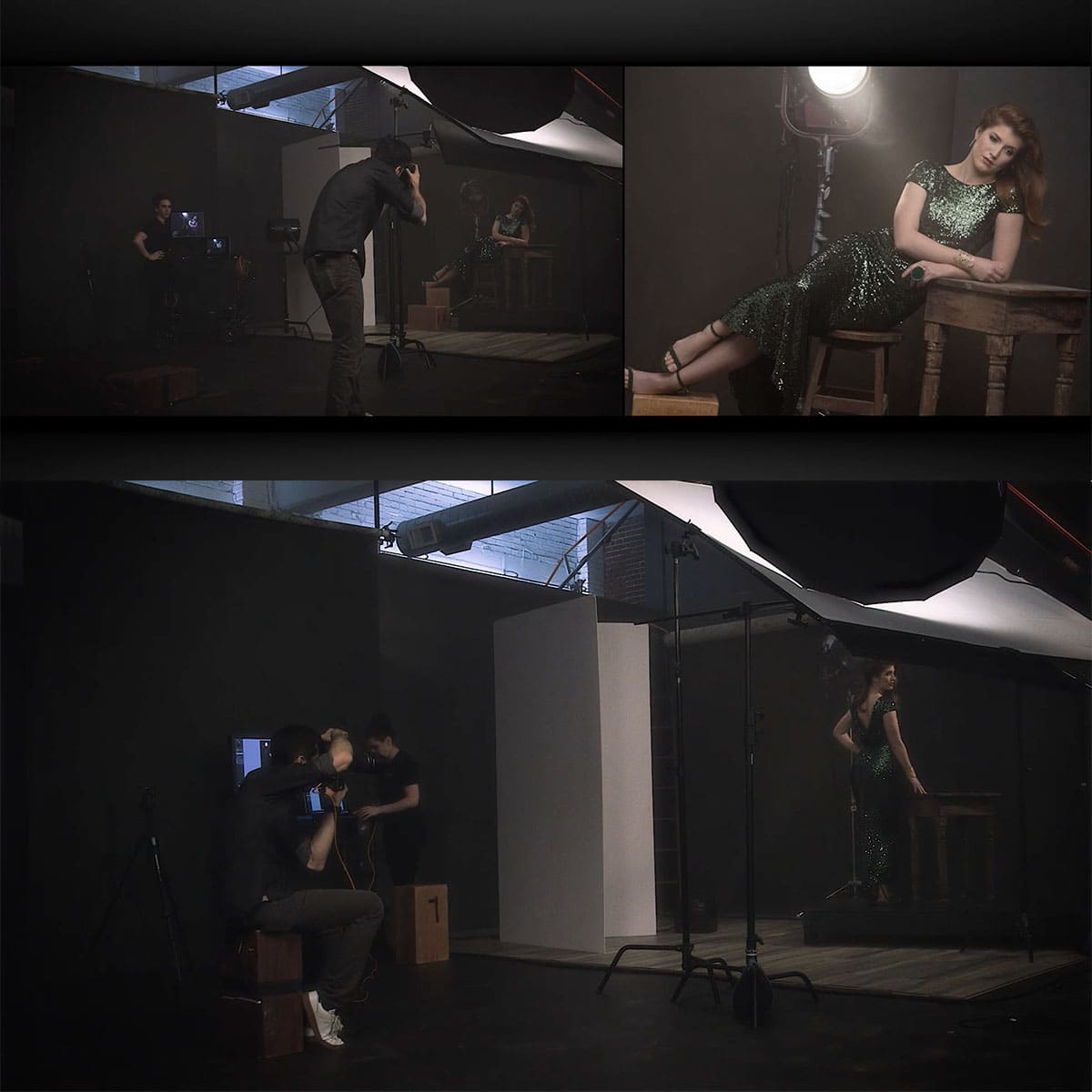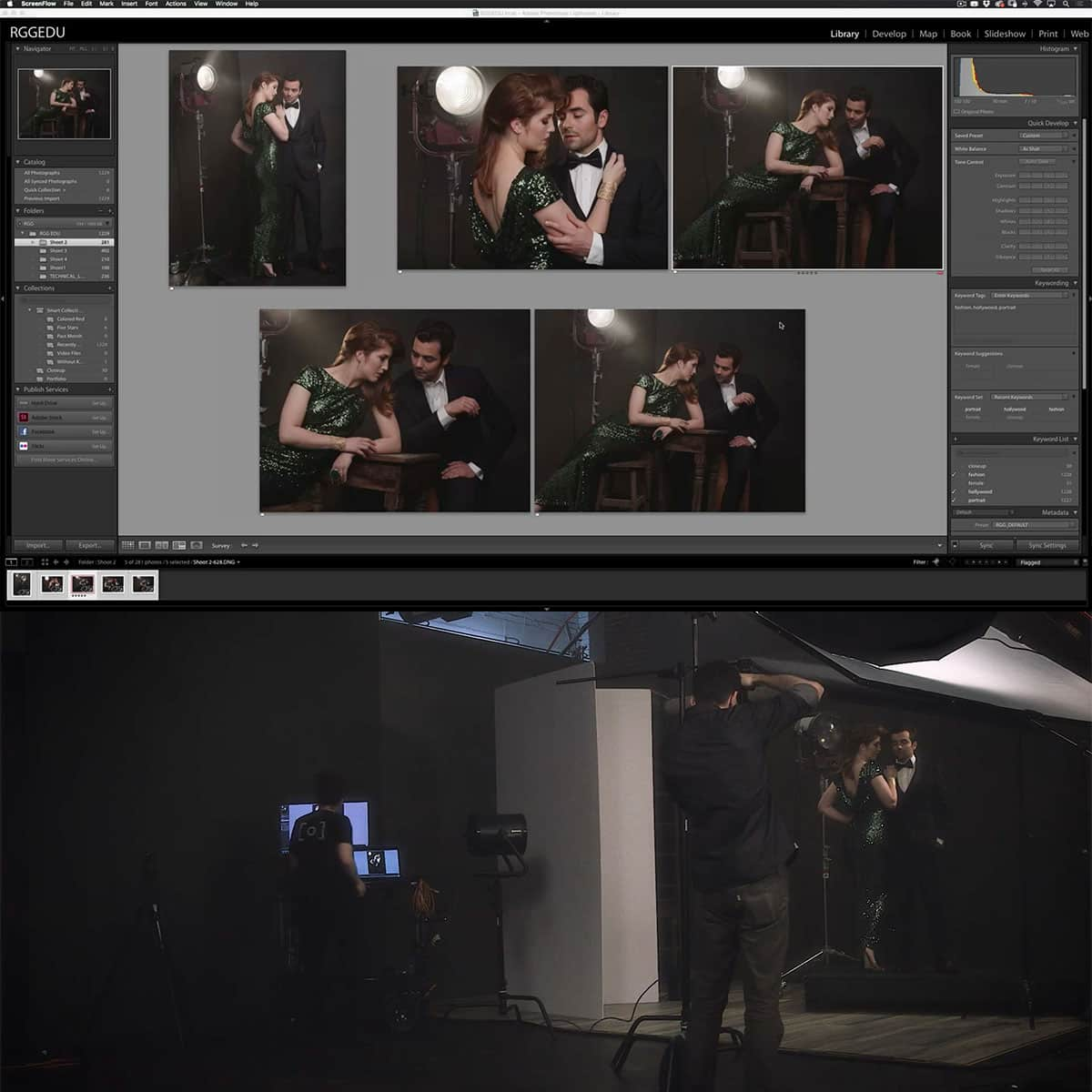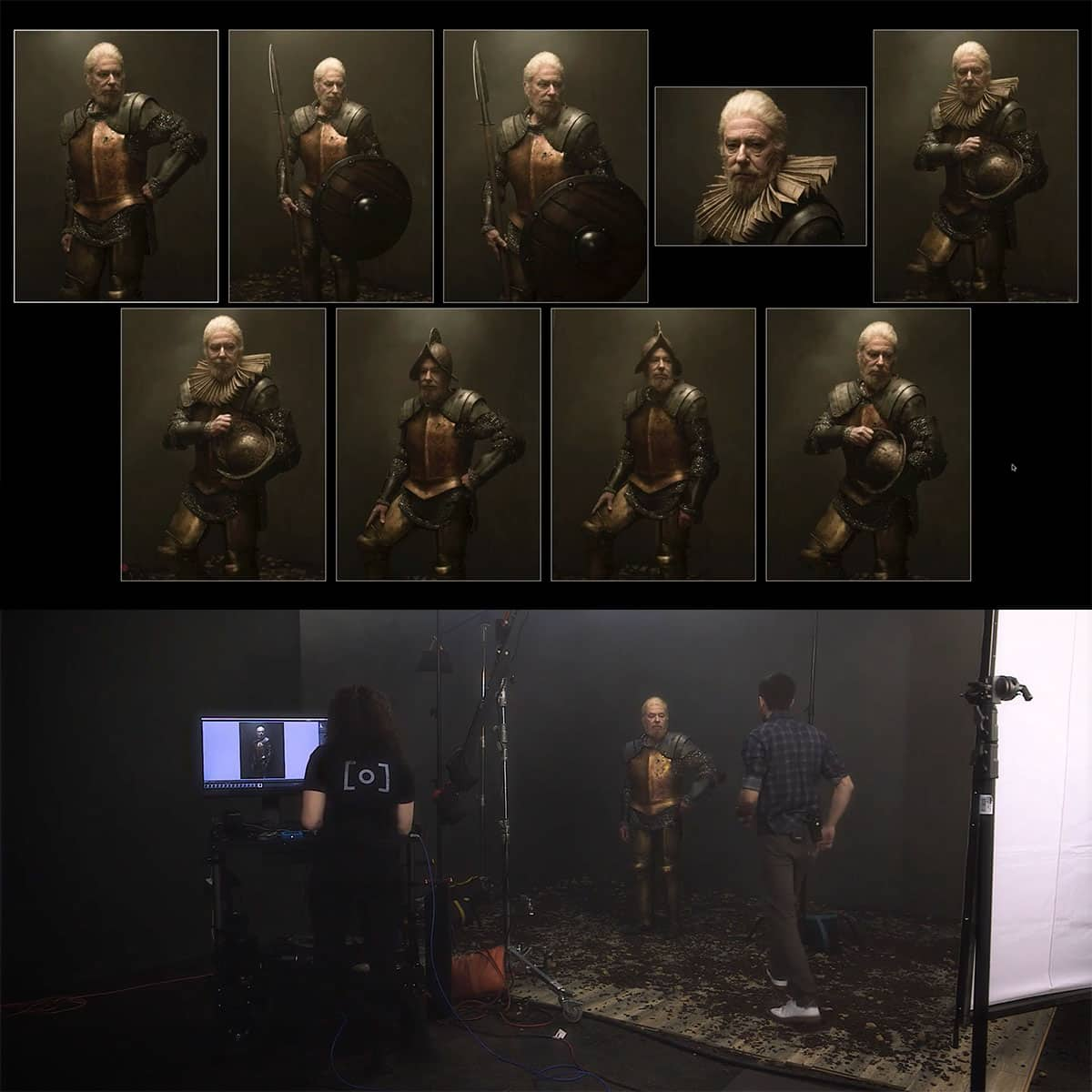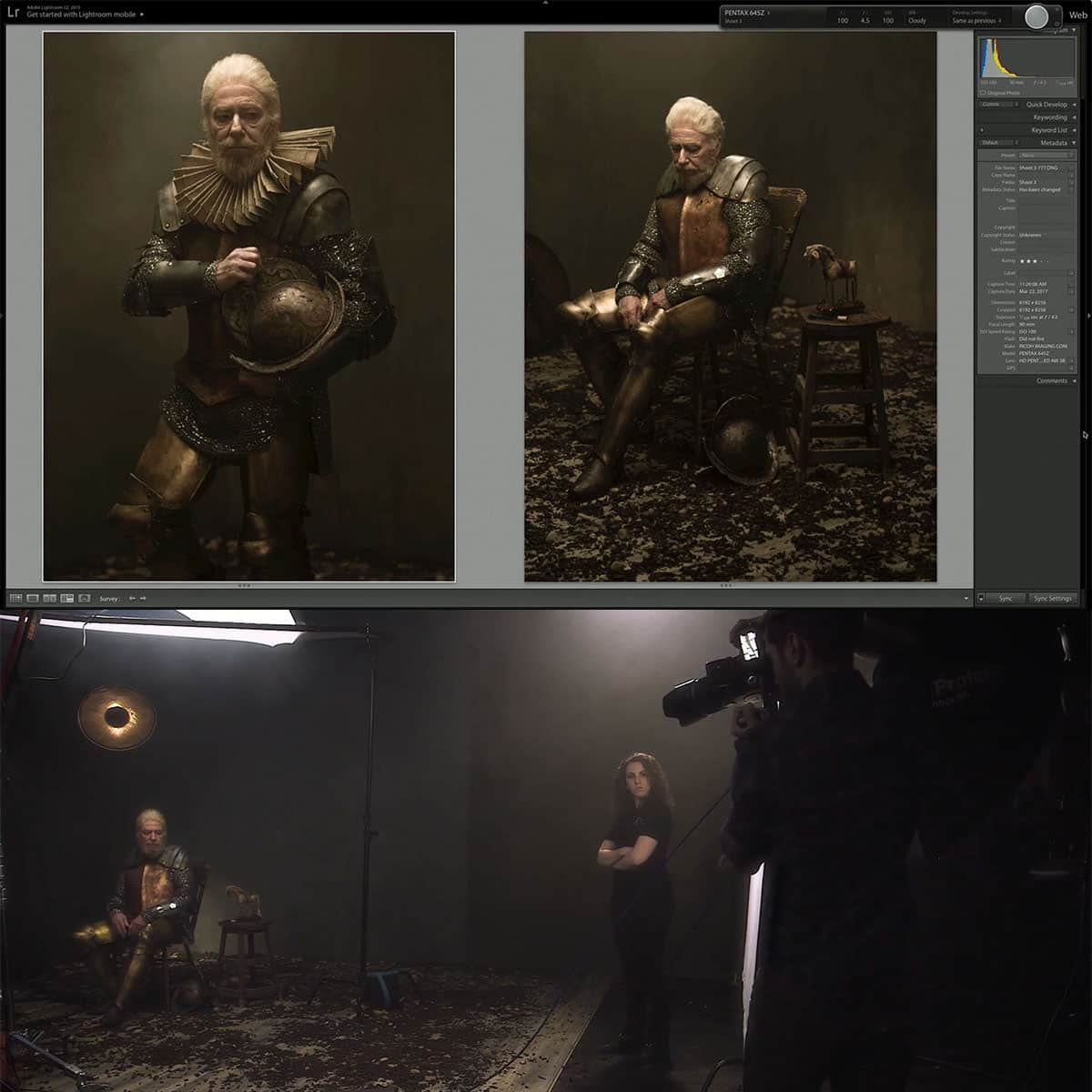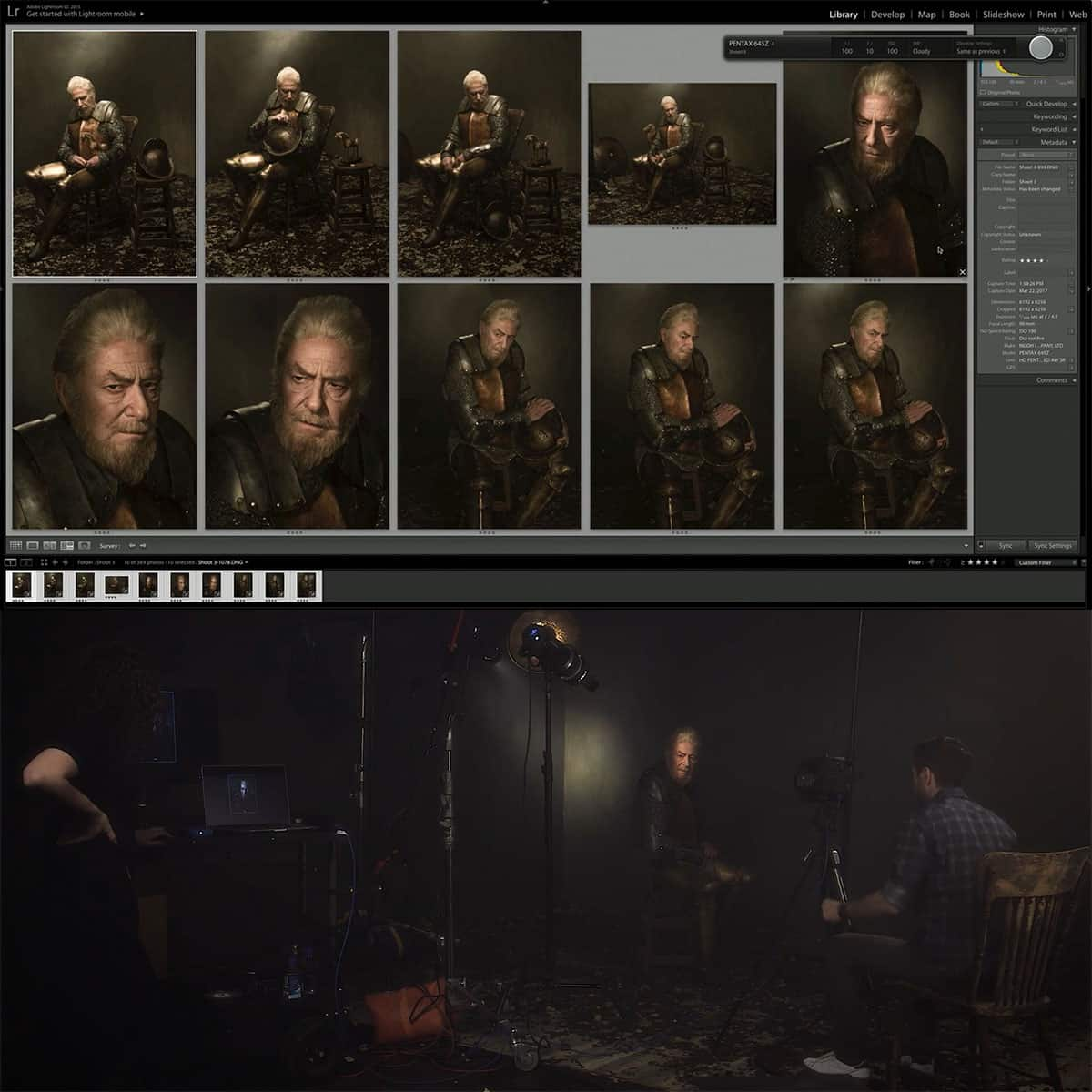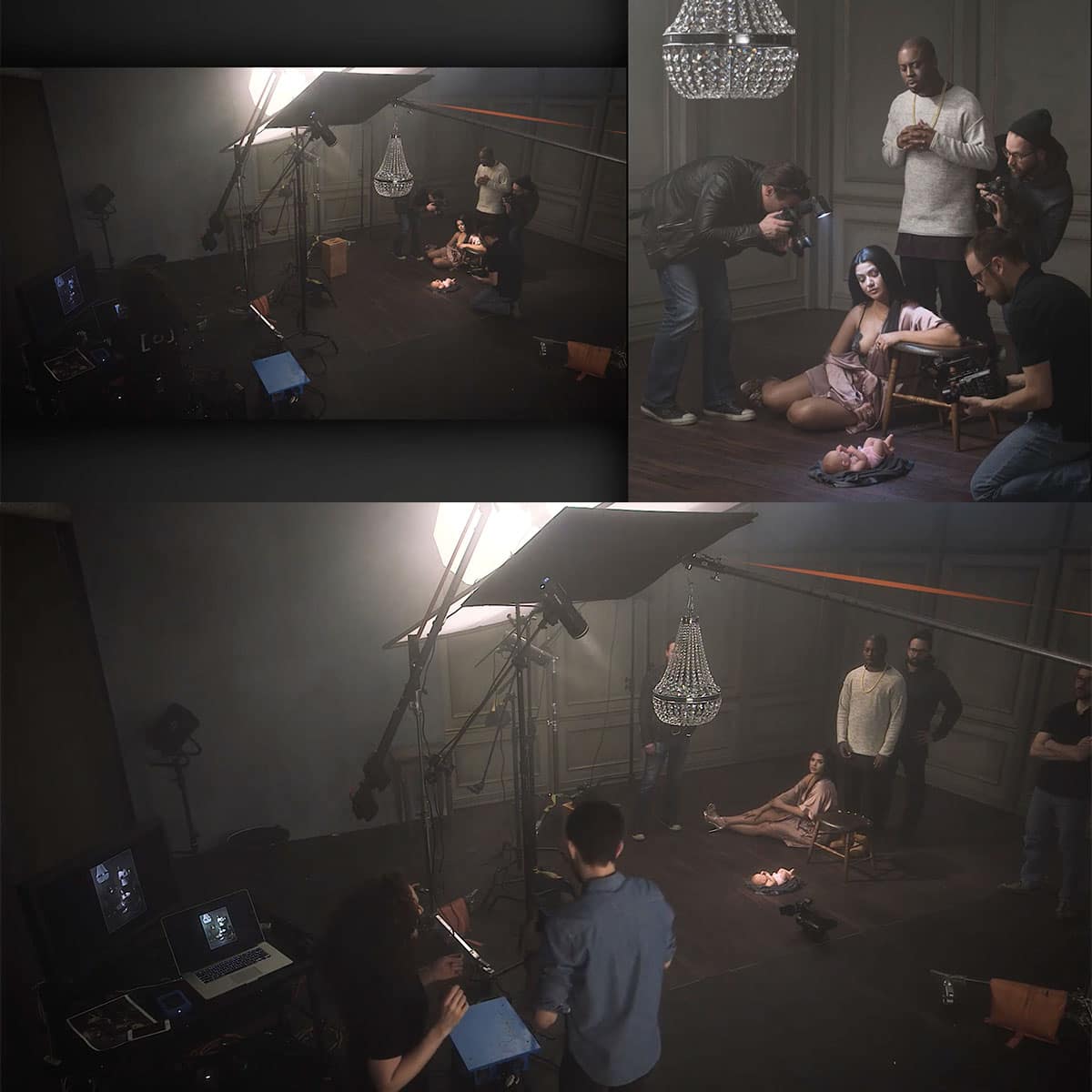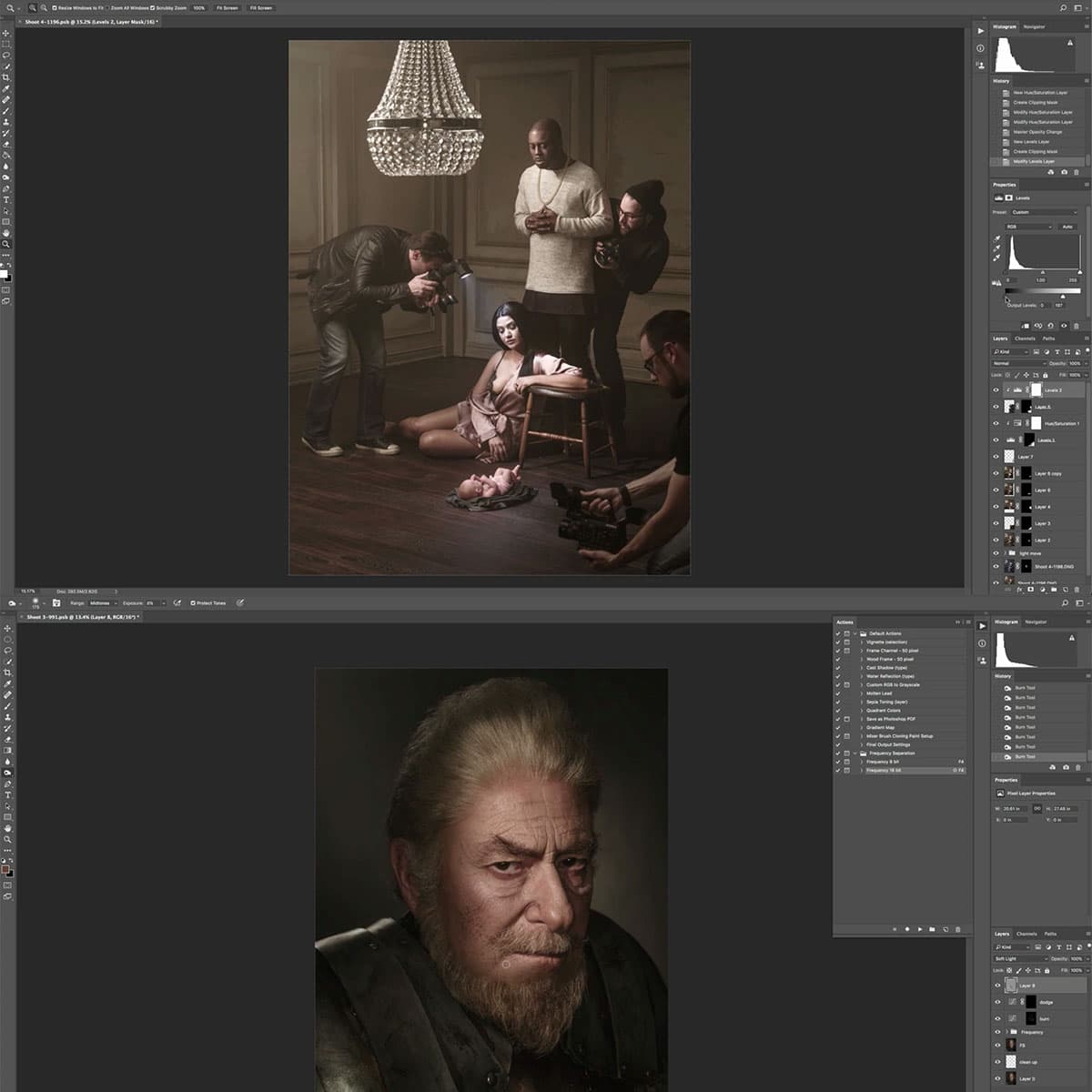Low-Key Photography: Mastering the Art of Shadows for Stunning Visuals
Low-key photography is a captivating art form that focuses on shadows and contrast to create dramatic and moody images. By utilizing the interplay between light and darkness, we can emphasize the subject's features and evoke strong emotions in the viewer.
Understanding the techniques involved in low-key photography is essential for mastering this style, as it involves precise control over lighting and a keen eye for composition. With the right approach, even seemingly ordinary subjects can become striking and impactful subjects in low-key photographs.
Key Takeaways
- Low-key photography focuses on shadows and contrast to create dramatic images
- Mastering this art form requires a deep understanding of lighting techniques
- A key element of low-key photography is the careful control of composition and subject focus
Understanding Low-Key Photography
Low-key photography is an artistic technique that emphasizes dark tones and shadows to create a moody and dramatic atmosphere. It involves a well-exposed subject that stands out against a black background, resulting in a high-contrast image. This style of photography is inspired by different painting styles and has been well received within the photography community.
To create a low-key photograph, we need to focus on using shadows and limited light sources. This can be achieved by using a single light and directing it specifically towards our subject. By doing so, we can control the amount of light that reaches the background, keeping it darker and allowing our subject to stand out.
The key elements that define low-key photography are:
- Subject: The main focus of the image, often illuminated to stand out against the dark background
- Shadows: Dramatic shadows add depth and dimension to the image
- Contrast: High contrast created by limited light sources emphasizes the subject
- Dark tones: Dominant dark tones contribute to the moody and mysterious feel of the image
- Black background: A black or near-black background keeps the viewer focused on the illuminated subject
Mastering the art of low-key photography involves understanding the relationship between light and shadows and adapting our approach to create compelling images. By experimenting with different light sources, camera settings, and subject placement, we can achieve stunning low-key photographs that captivate our audience.
Tech-Savvy Approach
In low-key photography, we strive to create a dramatic and moody atmosphere that highlights shadows and contrast. To achieve this effect, it is essential to understand and apply the right camera settings.
When working with low-key photography, the ISO should be set low, preferably between 100 and 400. This limits noise and retains detail in dark areas. Additionally, the aperture should be chosen based on the desired depth of field. For a shallow depth of field, a wide aperture (e.g., f/1.8) should be used. Conversely, a narrow aperture (e.g., f/11) results in a deeper depth of field.
Shutter speed plays a vital role in controlling the exposure of the photograph. A faster shutter speed (e.g., 1/1000s) results in a darker image, while a slower shutter speed (e.g., 1/60s) allows more light in. Balancing ISO, aperture, and shutter speed will enable us to achieve optimal exposure while maintaining the desired low-key effect.
To further enhance the image, it's essential to manipulate external light sources. This can be achieved by using a single light source and directing it towards the subject or by utilizing additional fill lights on the dark side, maintaining an 8:1 light ratio approximately.
In summary, mastering low-key photography requires balancing camera settings and external light sources. By doing so, we can create dramatic, moody images that capture the essence of shadows and contrast.
Lighting Techniques for Low-Key Photography
When capturing low-key images, it is essential to master the art of shadows and light manipulation. In this section, we will discuss lighting techniques that can help you achieve stunning low-key photography.
First, we have to understand the concept of low key lighting. Low key lighting is all about creating a dramatic and moody atmosphere by emphasizing shadows and contrast. It is the opposite of high-key lighting, which creates bright and airy images.
The foundation of low key lighting consists of three main lights: key light, fill light, and backlight.
- Key Light: It is the primary light source, responsible for illuminating the main subject. To create dramatic low key images, we usually place the key light at a 45-degree angle to the subject, allowing shadows to form on one side of their face. This technique helps in achieving the classic Rembrandt or Loop lighting effect.
- Fill Light: This light serves to soften the shadows created by the key light. In low key photography, we use a minimal amount of fill light or even eliminate it to emphasize the shadows and maintain a dark atmosphere.
- Backlight: The backlight is positioned behind the subject and separates them from the background. This creates a subtle rim of light around the subject, adding depth and dimension to the image.
One way to manipulate these lights is by using a ratio of 8:1 for the key light and fill light. This allows us to maintain the overall image darkness while still highlighting the subject. Experimenting with different light angles and intensities can lead to various results, allowing you to create unique low-key photographs. Remember to always use a dark background and dark props to further enhance the low-key effect.
By mastering the use of key light, fill light, and backlight in low key photography, we can create striking images filled with depth, contrast, and drama.
Detailed Insights on Portraiture
In the world of portraiture, mastering the art of shadows plays a crucial role in creating evocative and compelling images. Low-key photography is one such technique that allows us to achieve this. By emphasizing dark tones and shadows, it helps create visually striking portraits that highlight the subject's features against a dark background.
When photographing models in low-key settings, it's essential to pay attention to the light source. The key is to control the direction, intensity, and distance of light to sculpt the subject's face and body. It's also helpful to use a softbox or other diffusers to achieve a smoother, more natural appearance of shadows.
To create captivating low-key portraits, consider the following techniques:
- Position the model - Guide the model to an angle that best illuminates their features, ensuring an interplay of light and shadows.
- Choose the background - Select a dark or neutral background to avoid distractions and maintain focus on the subject.
- Adjust camera settings - Use the right aperture, shutter speed, and ISO to achieve the desired exposure and contrast.
- Post-processing - Enhance the shadows and highlights during the editing process to add depth and dimension to the portrait.
Aside from technical aspects, the real power of low-key portraits lies in their ability to convey emotions and set a mood. The dramatic interplay of light and shadows gives the portraits an artistic and timeless quality, sparking viewers' curiosity and imagination.
In summary, embracing shadows in portraiture work can produce remarkable images that evoke emotion and depth. By mastering the techniques and understanding the nuances of low-key photography, we can create captivating portraits that leave a lasting impression.
Postage Handling
In post-production, we focus on enhancing the shadows and contrast in our low-key photographs. Utilizing simple editing techniques, we can further accentuate the drama in our images. One such technique includes adjusting texture and backdrop to create a more cohesive and visually appealing piece.
When working on the backdrop, we strive to achieve a balance between the darkness of the background and our subject, ensuring that the subject remains the focal point. We may also add subtle gradients to the backdrop, providing a smoother elimination of distractions and reinforcing the mood of the photograph.
For texture, we carefully examine our images to enhance any natural textures present while keeping the focus on our subject. This can be done by increasing the clarity or sharpness of these textures while maintaining the overall harmony of the photograph.
In summary, during the post-production stage, we pay close attention to the backdrop and texture of our low-key photographs, making calculated adjustments to elevate our images to their full potential.
Frequently Asked Questions
How can I create more dramatic shadows in my photos?
To create more dramatic shadows, experiment with the angle and intensity of your light source. A single, strong light source placed at a low angle can help cast deeper and more contrasting shadows, enhancing the mood and atmosphere in your photos.
What techniques can be used to control light in low key photography?
One effective technique for controlling light in low key photography is using flags, diffusers, or reflectors. These tools help manipulate and shape the light, creating desired shadows and highlights in your images. Additionally, consider working with softboxes, grids, or snoots to direct and control light more precisely.
Which camera settings are ideal for capturing contrasting shadows?
Some suggested camera settings for low key photography include a low ISO to reduce noise, a fast shutter speed to darken the image, and a smaller aperture (higher f-stop number) for greater depth of field. Experimenting with these settings can help you achieve better contrast and depth in your shadow photography.
How does post-processing enhance low key images?
Post-processing plays a pivotal role in enhancing low key images. Adjusting contrast, brightness, and shadows in software like Photoshop can help emphasize the dramatic lighting and make your subject stand out even more. Additionally, retouching distracting elements or uneven lighting can further refine your images.
What are some compositional tips for better low key photography?
For improved low key photography, focus on the balance between light and shadow. Utilize negative space, and incorporate interesting shadow patterns to create a sense of depth and mystery in your compositions. Don't be afraid to move your subject or light source to find the perfect angles that enhance your images.
Which photographers are known for their mastery of low key photography?
Several photographers are renowned for their mastery of low key photography, such as Caravaggio, Bill Brandt, George Hurrell, and Brassai. These photographers skillfully manipulate light and shadow to create striking low key images that leave a lasting impact on their audience. Exploring their work can provide inspiration and insight for your own shadow photography journey.


